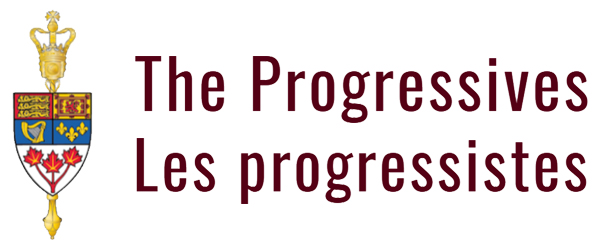Senator Wilson: My question is for Mr. Gooch. First of all, it is very gratifying to hear Terminal 2 mentioned several times in the context of delegate presentations given I spent 10 years working on that project and know how difficult it was to get across the line.
If you get out of the spotlight of the high-profile projects like Terminal 2 and Contrecoeur and also the expansions in Prince Rupert, what I would see is, in aggregate, nation-building projects that would be eligible candidates maybe for this — pardon me? Sorry, our leader was trying to signal something to me.
I see some smaller projects in the aggregate as nation building, and those are like gateway projects, road and rail debottlenecking projects along trade corridors both in the vicinity of Canada’s ports but also across the country. Those projects have a broad benefit, and it is widely dispersed. In my experience, there is not adequate funding available to get those things built, yet port authorities have been asked to carry the burden on that and try and arbitrate who will pay for them.
Have you had discussions with the government about how those projects will be funded in the context of the prioritization under Bill C-5?
Mr. Gooch: Certainly, we are pleased to see a commitment for an additional $5 billion through the trade diversification corridors fund which was announced in the Speech from the Throne. But you are correct, not everything will be funded through government funding, and shouldn’t necessarily be.
If I was here last year, again, my priorities wouldn’t just have been on getting projects moved more quickly. They would also have been on greater flexibility for port authorities and how they could find projects.
As Canada Port Authorities, ports are restricted in several ways in terms of how they can operate financially. They have strict borrowing limits which are written into letters patent. It can take years to have those changed. They are usually far less than the capacity of what a similar organization would have if they were a private sector organization or even an airport authority — I represented airport authorities for 15 years — trying to modernize the rules around borrowing so that ports can be a little bit more nimble, more agile in leveraging the power of their balance sheets to open up financial capacity.
There is also for some ports — not necessarily everyone — greater flexibility in the business activities that they can engage in to generate revenue to support critical infrastructure investment. If a port wanted to build a facility on the water and put a tower of offices above that, they may run up against restrictions on their activities. Really, there are a set of restrictions we think are worth modernizing in terms of how ports are able to operate, how they are able to generate revenue and how they are able to access borrowing to fulfill the mandates they have. Not everything is a big, sexy project with a ribbon to cut, and it is all important work.

